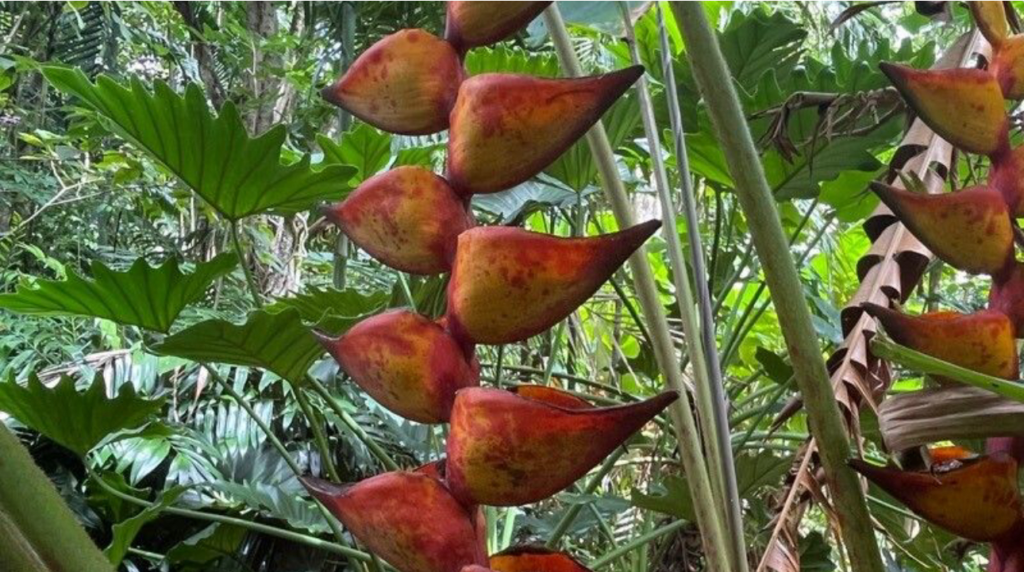My undergraduate preparation was to be a science teacher. Like most with that career goal, I expected to spend my life teaching high school biology. At the university I attended, there was a small and active botany department (I studied with experts in acid rain) and there was an active pre-med curriculum. Again, like other who shared my career goals, I expected the pre-med courses would focus my studies.
I realized early in my studies that pre-med lectures in cell biology (for example) had hundreds of students and the lab were taught by harried (and unprepared) graduate students. I realized at about the same time that botany courses were small (typically fewer than 20 students) and the labs were taught by the professors as often as by the graduate students and we did research.
Yes, I did enroll in as many botany courses as my schedule (and the distribution requirements) allowed. One course I enjoyed was field botany. Our labs comprised visiting various sites around northern Vermont and collecting plants. We used those as the basis for our 50-plant collection that was due at the end of the term and we lost 1/3 of a letter grade per incorrectly identified plant.
The tool we used for identifying plants was a dichotomous key. A book with hundrends of pages of plant description that resembled a “choose you own adventure.” “Does you plant have this characteristic? Yes, go to page x. No, go to page y.”
I still have both the key and one of the dried plants that comprised my collection hanging in my home office. The red tinge to the photos is proof I am still an amateur botanist. My office also has a bank of grow lights with plants waiting for the spring to return to the fresh air.

In September, I visited my son in Hawai’i. We spent on glorious morning visiting the botanical gardens on Oahu. As we were waiting for him to pick us up (we awoke very early as our bodies were still on east coast time), I downloaded a plant identification app on to my phone. As we visited the gardens, I was busy snapping pictures of flowers and uploading them to see the names of the plants.
As an old-time botanist who continues to know plants I encounter and learn about invasive species (I can identify poison hemlock which was never necessary in my region when I was a younger man), I missed the connection of looking deeply at plants to identify them. I also appreciated that fact that I did not have time for such identification. I was in Hawai’i for only five days and we had lots to do.
Flying home, I thought about the technology I had used. I downloaded the app despite the fact I was 5 thousand miles from my house and internet service provider, but the cellular network knew where I was. When I launched the app, it located me in the north Pacific and used that to reduce the time it needed to identify plants I photographed. It gave remarkably accurate (at least to my seeing many species for the first time) results within seconds. It also gave me the option to save my images, tag them, and even share them. I decided not to upload them to the database as I was not confident in the identifications.
For me, this illustrates the benefits of technology. I more throughly enjoyed my trip as a could name plants that were increasingly familiar as the trip went on. I thin about those who eschew technology as (in my case) cheating when identifying plants. In my circumstance, I had no other option. I had hundreds of plants I was seeing and I wanted to know them. That what technology does for us. It delivers information literally to our hands literally anywhere in the world.
Sure we don’t want to forget how to identify plants without technology, but let’s use it when it is the best choice. Let’s fdo the same when calculating, writing, or otherwise creating.
